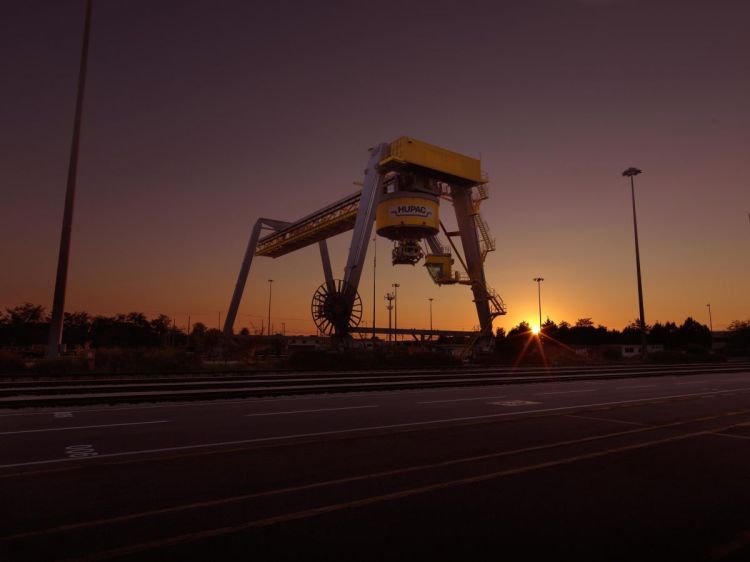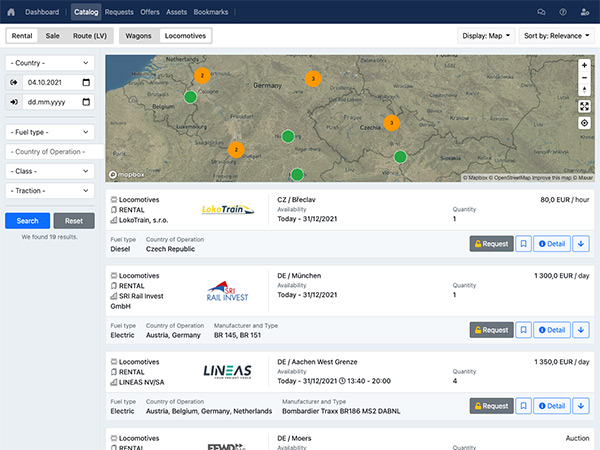This campaign is motivated by the objective to augment rail freight volumes by 50% by 2030, aiming to double these volumes by 2050, in line with the EU’s Sustainable and Smart Mobility Strategy. The call for a larger budget allocation coincides with the Connecting Europe Days event in Brussels, where stakeholders and policymakers have convened to discuss future transport strategies.
This collective push emphasizes the necessity of the Connecting Europe Facility (CEF), a financial tool aimed at bolstering European transport infrastructure. Advocates argue that an expanded CEF is vital for achieving the EU's mobility and sustainability targets, particularly in enhancing the capacity and efficiency of rail freight across the continent. The focus is on addressing the infrastructure needs critical to increasing rail freight's role in the European transport ecosystem, including the completion of the Trans-European Transport Network (TEN-T), alleviating bottlenecks along European Transport Corridors, and upgrading infrastructure to support longer and heavier freight trains.
The transport sector's role in meeting Europe's climate objectives and ensuring supply chain resilience has been highlighted as a key rationale for this increased financial commitment. Proponents suggest that a resilient transport network is essential for Europe's environmental ambitions and geopolitical stability.
The CEF, managed by the European Commission, has been lauded for its efficiency in project selection, attracting additional investments from member states, and fully utilizing its financial resources. Its success underscores the call for an increase in its budget during the upcoming EU financial negotiations, highlighting the broad consensus on the strategic value of investing in transport infrastructure.
Furthermore, the necessity for cross-border traffic facilitation, especially in rail freight, has been identified as a critical area for support. With over half of the rail freight trains crossing at least one EU border, enhancing funding for cross-border projects and technologies such as the European Rail Traffic Management System (ERTMS) is seen as essential. This focus also extends to ensuring access to funding for small and medium-sized railway operators, highlighting a comprehensive approach to fostering a modal shift towards rail.
The campaign underlines the broad agreement among transport organizations on the importance of increasing EU investment in transport to achieve broader economic and environmental goals.
Main outcomes of the joint leaflet:
- Economic Cornerstone: The transport network is described as the cornerstone of the European economy, facilitating the movement of goods, services, and people. It plays a pivotal role in connecting Europe internally and with the global market, supporting regional development, and driving societal and economic prosperity.
-
Decarbonization Imperative: Aligning with the EU's goal to become carbon neutral by 2050, the transport sector is committed to decarbonization. Achieving this goal requires sustained investment in sustainable transport options, innovative technology, and green infrastructure to reduce the environmental footprint.
-
Resilience and Adaptability: The need for a resilient and adaptable transport network has been highlighted by recent crises. Such a network can effectively manage disruptions, maintain supply chain sovereignty, and respond to geopolitical and climate-related challenges.
-
Competitiveness and Economic Growth: A competitive and efficient transport network is essential for linking production sites with markets. Investments in the transport sector are crucial for strengthening supply chain security, promoting economic growth, and enhancing Europe's position as a global trade and investment destination.
-
Employment and Skilled Workforce: The transport sector is a significant source of employment in Europe, directly supporting over 10 million jobs and indirectly stimulating job creation in related industries. Investment in transport infrastructure and innovation is also a catalyst for job creation and economic vitality.
-
Infrastructure Challenges: Despite its critical role, Europe's transport infrastructure faces challenges in capacity and connectivity. The Trans-European Transport Network (TEN-T) is incomplete and suffers from bottlenecks that hinder efficiency. With growing demand for transport, addressing these infrastructure issues is essential.
-
The Role of Grants: For projects with high societal value but low financial returns, EU grants are vital. They bridge funding gaps, enabling crucial projects that support Europe's ambitions while also attracting further investment from the private sector and member states.
-
Need for a Robust Funding Instrument: The leaflet concludes with a call for a robust funding instrument, such as the Connecting Europe Facility (CEF), to address underfunding in the transport sector. A strong funding mechanism is necessary to foster a level playing field, support strategic investments, and ensure Europe can meet its ambitious transport and environmental goals.

